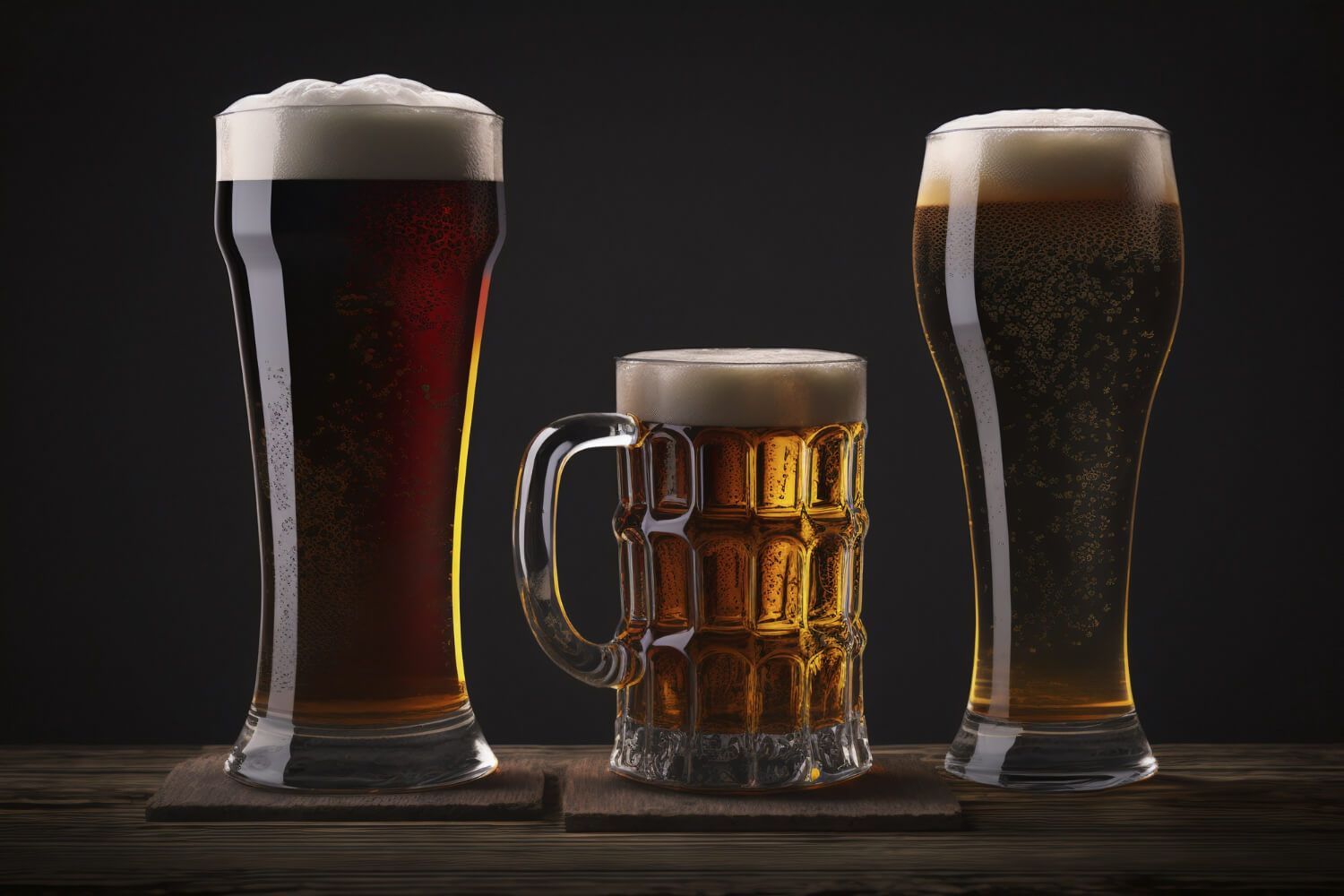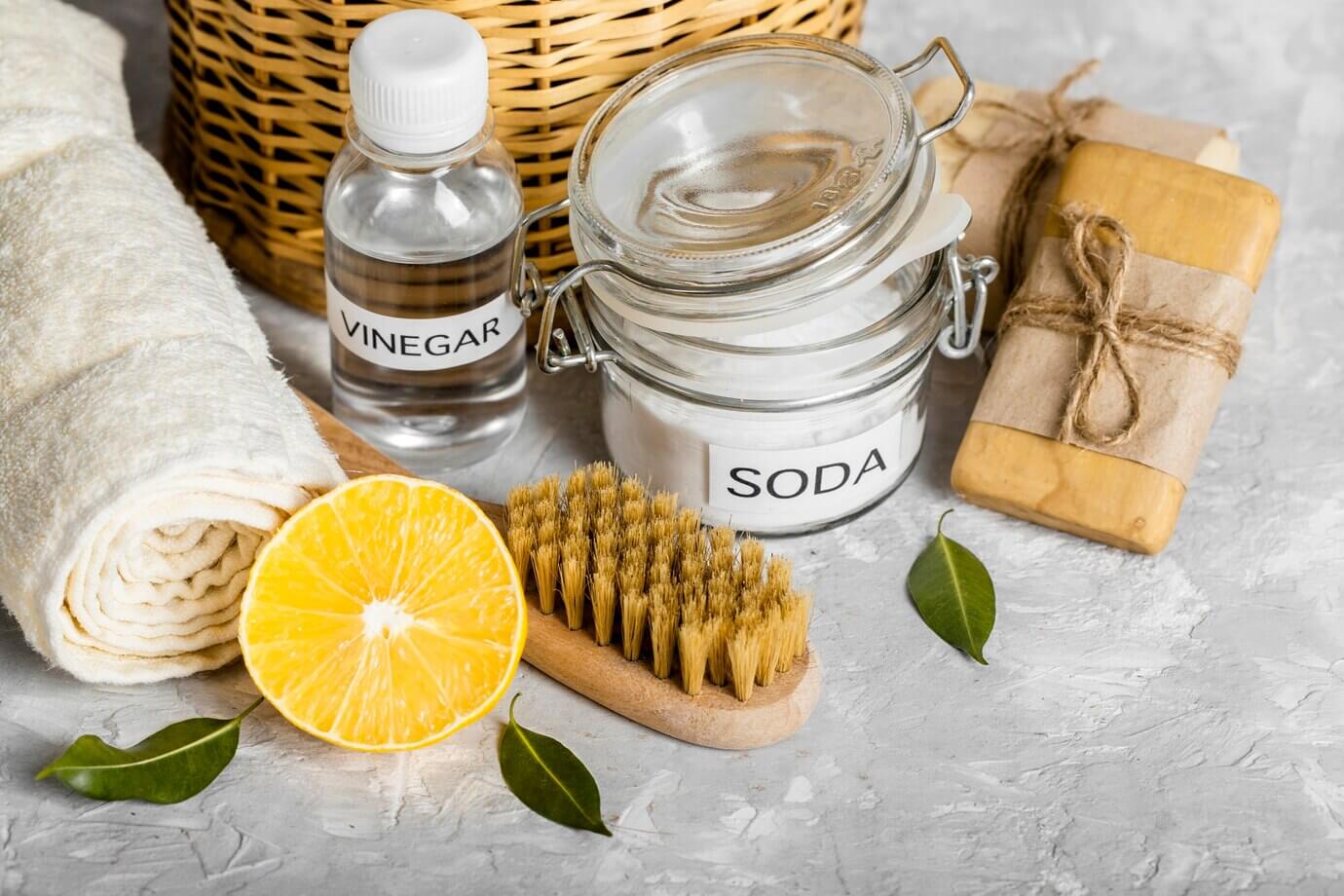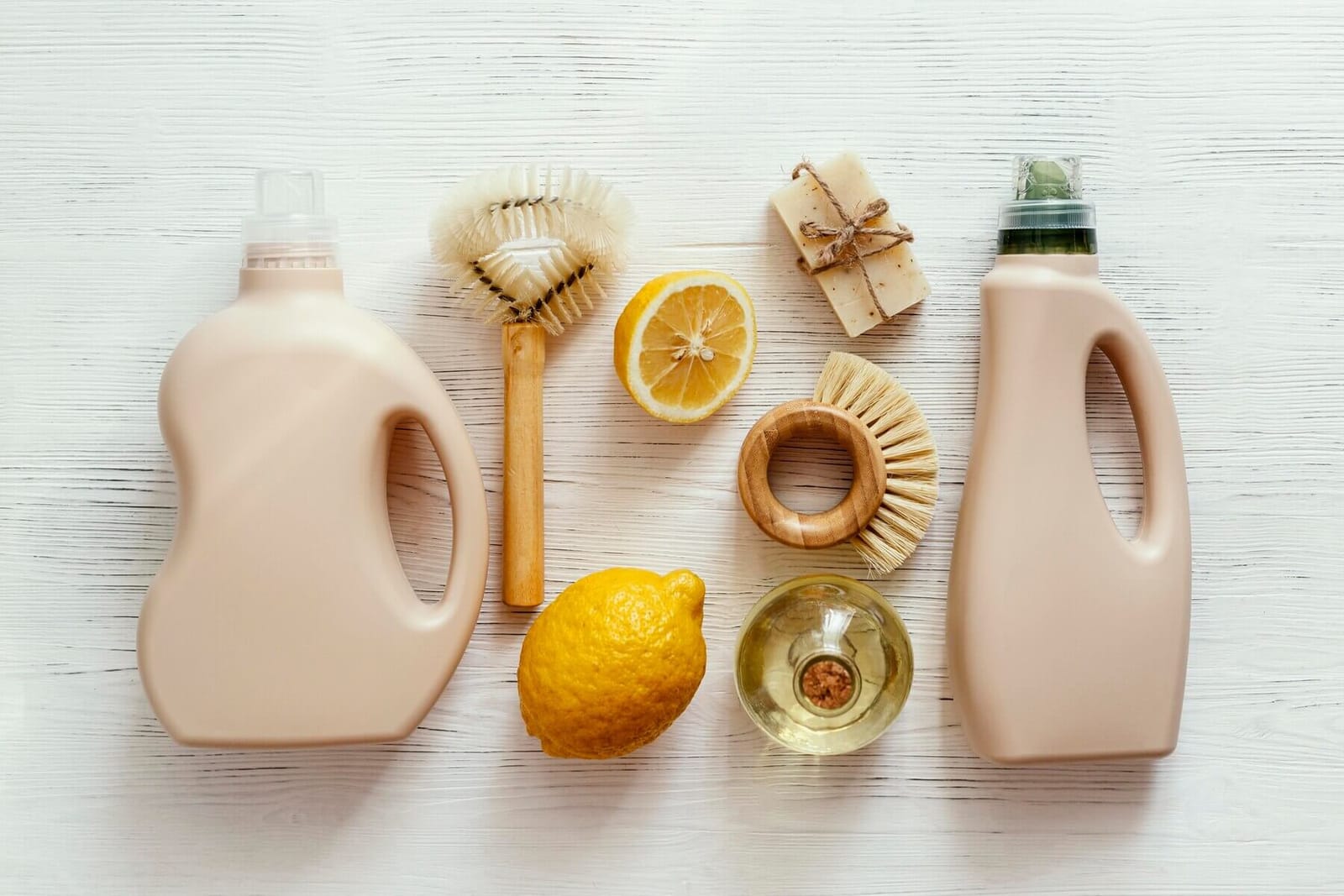Beer is a fascinating beverage packed with a variety of flavors that a range of factors can influence.
One such factor is the material of the beer glass and the temperature at which the beer is served.
This micro-guide will delve into the complex world of beer taste and temperature, exploring how these elements can enhance or detract from your beer-drinking experience.
Jump To:
- The Role of Glass Material in Beer Taste
- How Temperature Affects Beer Taste
- Types of Beer Glasses and Their Impact on Taste and Temperature
- Practical Tips for Choosing the Right Beer Glass
- Frequently Asked Questions
- Related Articles
The Role of Glass Material in Beer Taste
The material of your beer glass can have a surprising impact on your beer taste. Different materials can affect the temperature of the beer, the head formation and retention, and even the release of the beer's aroma.
For instance, glass is a common material for beer glasses because it maintains a steady temperature, allowing the beer to stay cool for longer.
On the other hand, plastic glasses can often alter the taste of beer, making it less enjoyable.
How Temperature Affects Beer Taste
Temperature plays a crucial role in the taste of your beer. Serving beer at the right temperature can enhance its flavors while serving it too cold or too warm can mask or distort the flavors.
Cold Temperatures: When served too cold, beer can suppress the flavors. This is why light beers, which are typically less complex in flavor, are often served very cold. The chill can make these beers feel more refreshing and subdue harsh flavors.
Warm Temperatures: On the other hand, when beer is served too warm, it can make the beer taste flat. However, certain types of beer benefit from being served at a slightly warmer temperature. For example, dark ales, stouts, and porters, which have rich and complex flavors, can be served at a warmer temperature to allow these flavors to shine.
Ideal Temperatures: The ideal serving temperature varies depending on the type of beer. Light lagers and pilsners are best served between 38-45°F (3-7°C), while IPAs and other hoppy beers are best served between 45-50°F (7-10°C). Dark ales, stouts, and porters can be served at even warmer temperatures, between 55-60°F (13-16°C).
Understanding the impact of temperature on beer taste can help you enhance your beer-drinking experience. By serving your beer at the right temperature, you can bring out the best flavors and aromas in your beer.
Types of Beer Glasses and Their Impact on Taste and Temperature
There are various types of beer glasses, each designed to enhance the characteristics of different beer styles. Here are a few common types and how they impact the taste and temperature of your beer:
1. Pint Glasses: These are versatile and can be used for a wide range of beers. Their simple design allows for easy drinking, and the wide mouth helps maintain a beer's head, which can enhance the aroma and flavor.
2. Tulip Glasses: Perfect for beers with strong aromas like Belgian ales and IPAs. The curved body and flared lip of a tulip glass helps trap the aroma in the glass, enhancing the beer's flavor. The stem also allows you to hold the glass without warming the beer.
3. Beer Mugs: Known for their robust design, beer mugs are great for serving a large volume of beer. The handle keeps your hand away from the beer, preventing it from warming up too quickly.
4. Goblets and Chalices: These glasses are typically used for heavy, malty beers. The wide mouth allows for deep sips, and the thick glass walls help maintain the beer's temperature.
5. Weizen Glasses: Tall and slender, these glasses are perfect for wheat beers. Their size allows for a generous head, and the narrow bottom helps trap sediment, which is common in wheat beers.
Choosing the right beer glass can significantly enhance your beer-drinking experience. The glass's shape and material can affect the beer's temperature, with some glasses designed to be held by the stem to prevent the beer from warming up too quickly.
Practical Tips for Choosing the Right Beer Glass
Choosing the right beer glass can significantly enhance your beer-drinking experience. Here are some factors to consider:
- Type of Beer: Different beers are best served in different glasses. For example, a stout might be best enjoyed in a pint glass, while a Belgian ale might be better suited to a tulip glass. Research the best type of glass for the beer you'll be drinking.
- Material of the Glass: The material of the glass can affect the taste and temperature of your beer. Glass is the best material for beer glasses as it doesn't affect the taste of the beer and can keep it at a steady temperature. Avoid plastic glasses, which can alter the taste of the beer.
- Shape of the Glass: The shape of the glass can influence the aroma and taste of the beer. For instance, glasses with a wide rim can help release more aromas, enhancing the flavor of the beer.
- Size of the Glass: The size of the glass can also play a role. Larger glasses are better for beers with a strong flavor, as they allow the beer to breathe, releasing more flavors and aromas.
Remember, the right beer glass can make a big difference in your beer-drinking experience. So take the time to choose the right one for you.
Frequently Asked Questions
Is beer sweet or bitter?
The taste of beer can range from sweet to bitter, depending on the ingredients used and the brewing process. Beers with a high malt content tend to be sweeter, while beers with a high hop content are more bitter.
Does beer taste good?
The taste of beer is subjective and can vary greatly depending on the type of beer and individual taste preferences. Some people may enjoy the bitter taste of an IPA, while others may prefer the sweet, malty flavor of a stout.
How should you taste beer?
When tasting beer, take the time to appreciate the aroma before taking a sip. Then, take a small sip and let the beer sit in your mouth for a moment before swallowing. This allows you to fully appreciate the flavors of the beer.
What kind of flavor is beer?
Beer can have many flavors, from fruity and floral to bitter and malty. The flavor of a beer is influenced by the ingredients used, the brewing process, and the type of yeast used for fermentation.
Conclusion
Understanding the impact of the material of your beer glass and the temperature at which you serve your beer can greatly enhance your beer-drinking experience.
By choosing the right glass and serving your beer at the optimal temperature, you can bring out the best flavors and aromas in your beer. Remember, the joy of drinking beer is not just about the beer itself, but also about how you serve and enjoy it.
If you're considering upgrading your beer glassware to further enhance your experience, don't miss our article on the best beer glasses for our top recommendations.
For more insights on enhancing your beer-drinking experience, check out our article The Design and Purpose of Beer Can Glasses: A Micro-Guide.
Related Articles
- The Design and Purpose of Beer Can Glasses: A Micro-Guide: Dive into the unique design elements and purpose of beer can glasses, and discover why they're a favorite among beer enthusiasts.
- Maintenance and Cleaning Tips for Your Beer Glasses: Learn practical tips and tricks to keep your beer glasses in top shape, ensuring the best beer experience every time.
- 10 Types of Beer Glasses to Complement Your Beer by Kegerator.com: Uncover the specifics of 10 diverse types of glasses for enjoying your beer.



